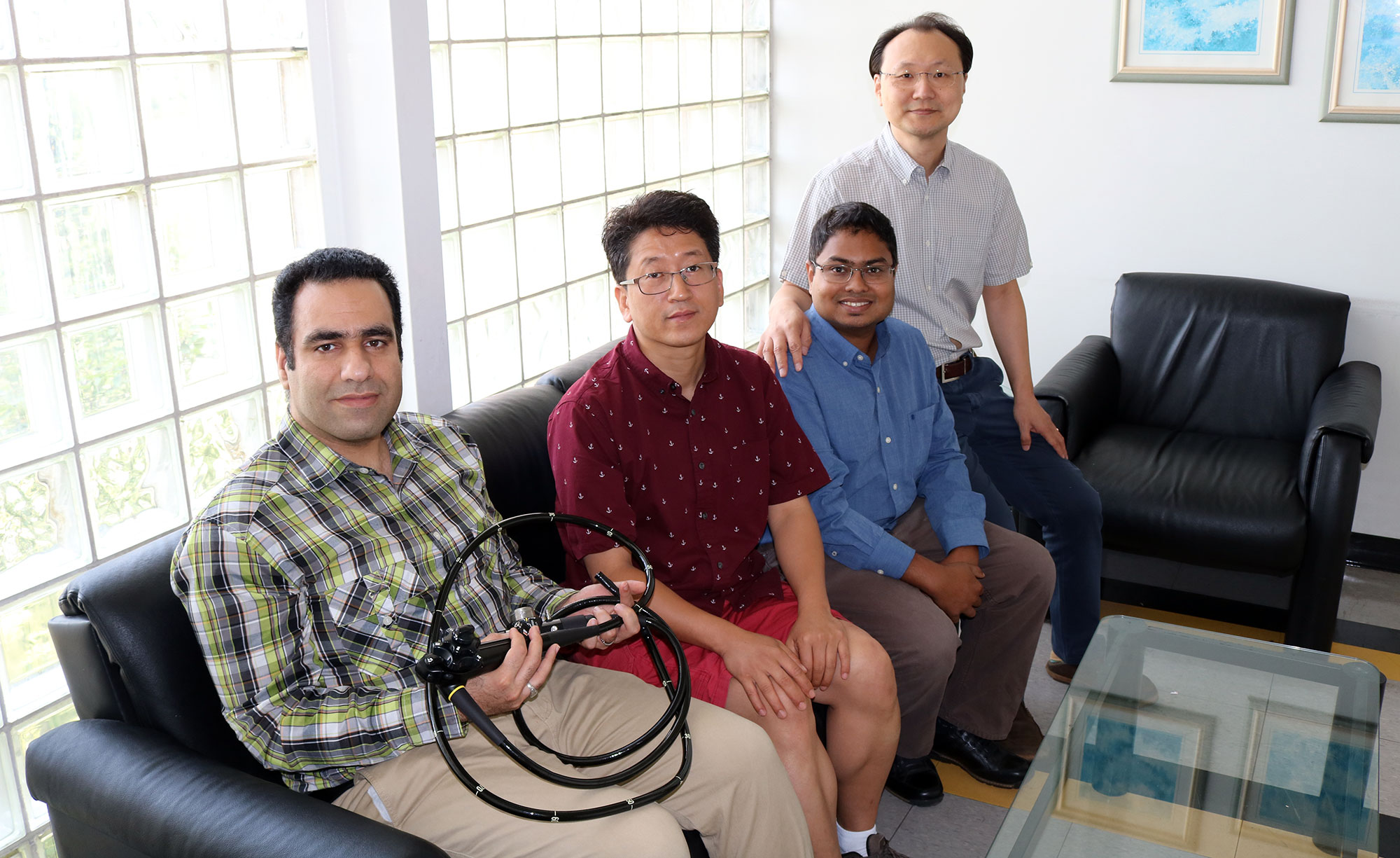Managing medical devices: Researchers bring legacy life-cycle analytics to modernized platforms

The viability of medical devices, like most products and services, can be analyzed using the Customer Services Life Cycle (CSLC) framework, which presents four stages - requirements, acquisition, ownership and retirement. However, most current design analytics systems in the medical device space do not consider the costs associated with the latter two stages, and processes of auditing these devices to ensure regulatory compliance as well as patient safety are often unstructured and laborious.
Kyoung-Yun Kim, professor of industrial and systems engineering at Wayne State University, is developing a platform called MEEDA - Medical Equipment Evaluation and Decision Analysis - that aims to centralize equipment maintenance processes and provide physicians or hospital administrators a clearer picture of device life cycles.
"Many hospitals struggle with legacy systems, and information is not often digitized or integrated properly," said Kim, who is also a site director for the National Science Foundation Center for e-Design, a consortium of seven universities that work with businesses and government entities to research and develop digital design and manufacturing methods.
Kim works with e-Design researchers to create learning algorithms to improve cost forecasting by identifying the relationship between design and process characteristics. This technology can analyze a complex set of repair history data; detect outliers and abnormal cases; and produce an index to determine reliability of a device, potential for reprocessing, and risk of device use.
Using datasets from nonprofit hospitals such as the VA Medical Center in Detroit, Kim's team conducted pilot studies to validate its research and present outcomes to organizations ranging from medical and hospice facilities to manufacturing and reprocessing companies. The MEEDA system provides a curated knowledge base, analytical tools, and pathways for improved collaboration between customers and product or service providers.
"This information will be useful for medical device tactical and strategic planning," said Kim, who noted that while this research can have a significant economic impact, "safety is far more important than other factors."